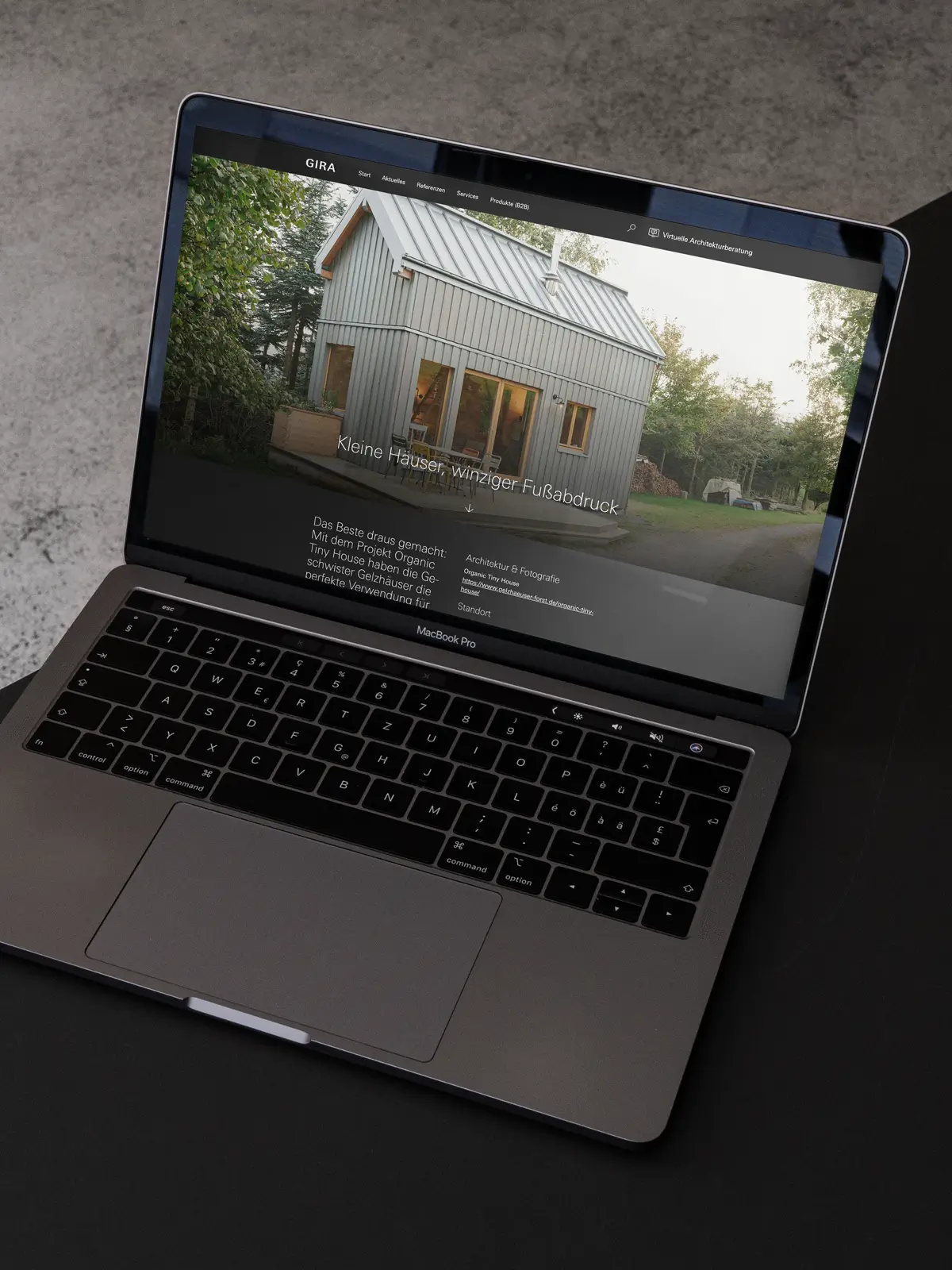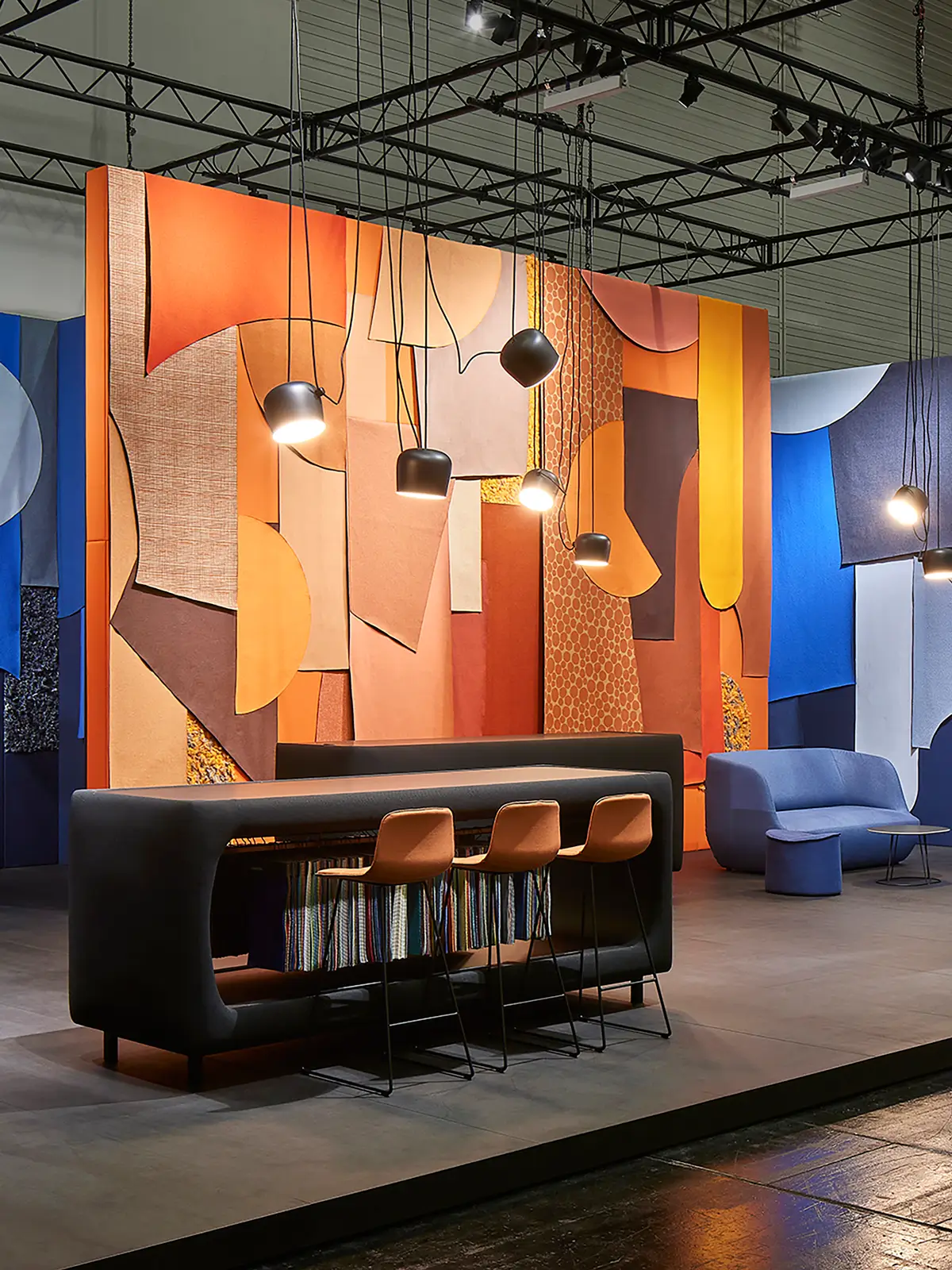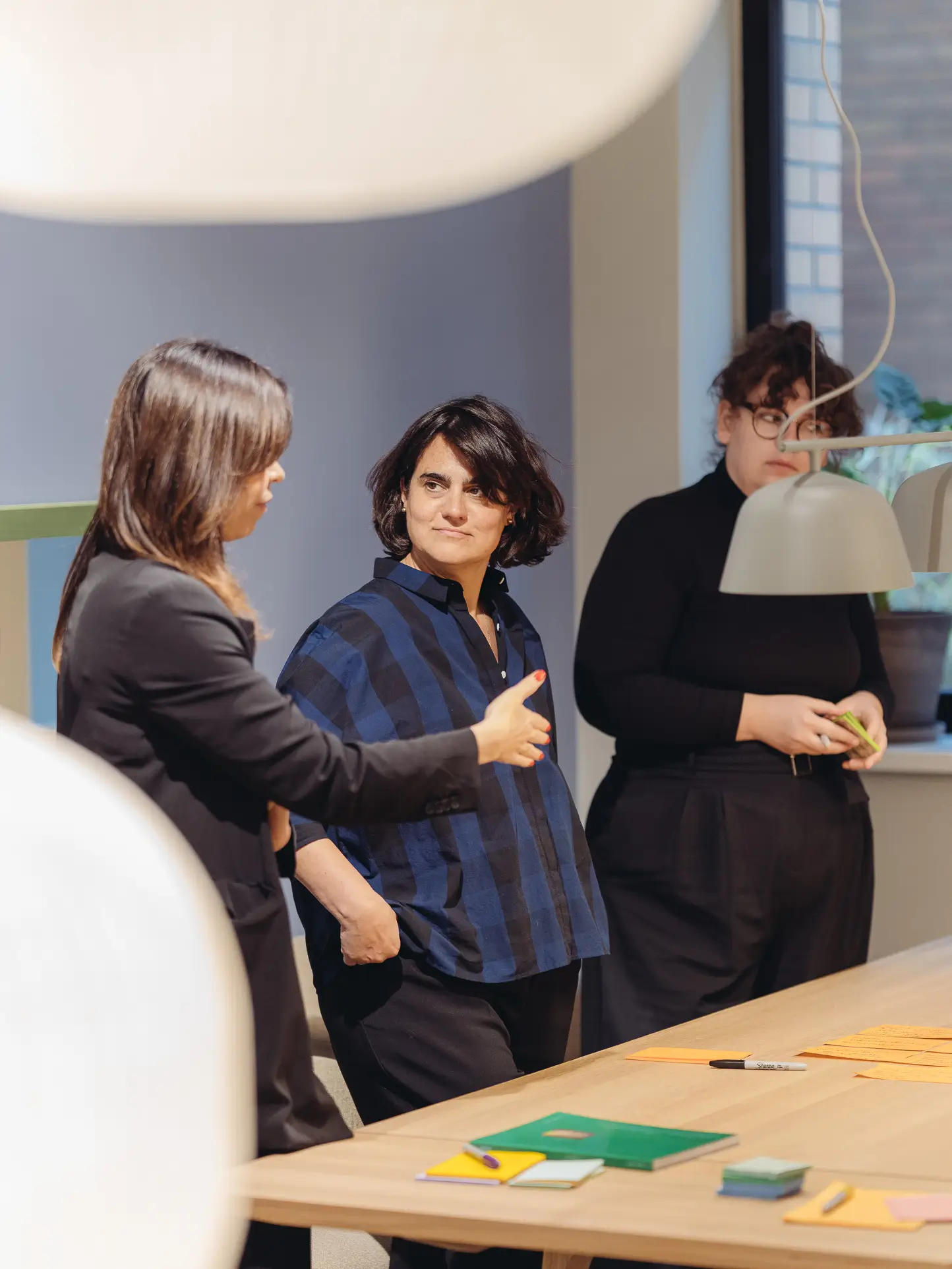Design thinking & new work: Flexible & agile planning for users

Foto: Schnepp Renou & Sebastian Dörken
As much as we support the fact that technology and automation — including in architecture — have become increasingly important in recent years, people remain the yardstick by which success is reflected. Or just not.
Efficiency, measurable results and cost-benefit maximization can only rarely be reconciled with the true needs of users. In this context, the human-centered — or “human-centered” — design approach represents a pioneering and interactive approach to general problem solving. Human perspectives play just as important a role as processes. Especially when designing interiors or designing working environments, HCD and Design Thinking will be the measure of all things in the medium term. Let's think.
In order to be able to react flexibly and agilely to changing situations in the future, we urgently need planning systems that are both useful and user-friendly.
Are human-centered design (HCD) and design thinking not the same thing?
Yes and no. What both approaches have in common is
- that people are always at the center of all creative processes
- the iterative approach with the aim of achieving an optimal result,
- detailed analysis of the initial situation,
- getting to know users,
- the development of prototypes.
What makes the difference is above all the objectives. Because while the HCD is intended to ensure a high level of usability and user experience, Design Thinking aims at developing innovative and creative solutions for complex problems that satisfy the needs of users, are technically feasible and economical. Design Thinking also works with multidisciplinary teams and is therefore much more broadly based than HCD.
Design thinking as a strategy
In order to be able to react flexibly and agilely to changing situations in the future, we urgently need planning systems that are both useful and user-friendly. In the end, the keyword “usability” means nothing more than the effort to
- human well-being,
- efficiency,
- user satisfaction,
- accessibility
- and sustainability
to improve in the long term and thus avoid possible negative effects resulting from use from the outset.

The backgrounds
The idea of human-centered design is not a new invention. The first considerations to this effect date back to 1958. At that time, a certain professor John E. Arnold (Stanford University) suggested that technical design should be focused on people. Inspired by the mind-expanding circumstances of the 1960s, he used his creative concept of Design Thinking at the interface of fields as diverse as technology, psychology, anthropology and art. And thus established a mindset that seems to be more relevant today than ever before.
The approach
But how can design thinking be effectively implemented in the everyday processes of planning offices and creative people? How does theory become something that can be used in practice? And why should we even think about the possibilities of this strategy?
Because it's about actively solving problems instead of just neatly documenting them in an Excel sheet, saving them and then continuing as before. How it can work instead:
Step 1
The initial situation is viewed from all sides, analysed from various perspectives and evaluated in terms of use and users. In addition to creativity, openness and impartiality as well as the ability to let go help.
Step 2
This is followed by the process of unfiltered brainstorming, modelling and prototyping. People always remain at the center of all efforts. Technology only serves as a means to an end. However, this does not mean that modern means do not (must) play a role in this context.
Step 3
After successful implementation, systems are constantly methodically measured and evaluated so that, based on user feedback, adjustments can be made if necessary and continuously optimize solutions. Or to put it in a few words: the journey is the destination.
Ways to make interiors sustainable
In the context of design thinking, the design of our interiors is also becoming increasingly important. A variety of factors determine where the trends and tendencies of the coming years will go:
- Feel-good factor: rooms with quality — lighting, acoustics and color considered holistically
- Sustainability: recycled or recyclable materials from regional sources
- Flexibility: spaces that can change with the needs of users
- Individuality: anything but off the shelf
- Security: retreats that offer both privacy and control
- Health: materials free from harmful additives
Terrifying, but as is well known, statistics never lie: we spend around 90 percent of our time indoors. It is clear that architectural and design quality is of decisive importance for our health and performance in this context. Architects are thus becoming true generalists again today — as was common practice a hundred years ago: in addition to in-depth knowledge of acoustic and lighting planning, it also means looking at the latest furniture and material trends and following technical innovations. Holistic design is the motto — for users and our future, not prestige.
3 questions to Chris Middleton from kinzo
The architecture firm kinzo was founded in 2005 by Karim El-Ishmawi, Martin Jacobs and Chris Middleton in Berlin. One focus of the internationally successful team is on the innovative design of working environments at the interface with interior design and design.
Will we only work in virtual parallel worlds in the future?
Yes and no: a real meeting place is always needed — even in hybrid working models. Informal and unplanned conversations only work well in person, and the same applies to creative processes and agile and spontaneous exchange. But the analog location is also significantly superior to virtual space when it comes to onboarding new colleagues or learning from each other.
What should our analog work environments look like then?
It is more important than ever to make this place functional, but above all inspiring. The galley at desks in the office has had its day; it is more about individual and identity-creating places of encounter, where professional work in all its facets is better possible than working from home.
New Work in a Nutshell?
It is about more quality and less quantity. Mobile working, home office and working function as flexible additions. This is how New Work can connect and inspire.

New Work: This is how we work tomorrow
Our working world has been constantly changing, and not just since Corona. Retort-like, encapsulated individual cells have now been replaced as standard by airy open-plan offices — the open office. Whether it's a hip playground with a slide, a soccer ball and its own bar or a reputable design temple — from a spatial perspective, not only do clever zoning and a balanced mix of work areas (from think tank to pantry) play a key role — acoustics, lighting, materials and colors also contribute significantly to increasing the feel-good and productivity factor.
The pandemic turbo has unexpectedly catapulted all office work into the New Work era. At least digital communication is now omnipresent. New Work is primarily agile and networked, but also active and self-determined work. Thanks to mobile tools, analog and digital working methods can be combined smartly and ever more intuitively. — Chris Middleton (kinzo)
The top 10 topics of New Work
01 → Understanding needs
What does a company stand for, where are the USPs located, how do they work and what does the team need to be able to collaborate harmoniously and effectively?
02 → Flexibility
How can you work remotely?
03 → Room for open ideas
How do visions become reality?
04 → Communication
How do you bring the team to a table?
05 → Agility
How can we act proactively, anticipatory and proactively to bring about necessary changes?
06 → Participation
How can employees be involved in processes?
07 → Sustainability
How must work environments be designed to enable meaningful action?
08 → Material
How can rooms be made “healthy”?
09 → Feel-good factor
How can light, acoustics, climate and color influence productivity?
10 → Innovation
How can we plan today for tomorrow and think of motivating work environments?
3 exciting KINZO projects
Suhrkamp Verlag
Suhrkamp Verlag: Berlin | 2019 | kinzo & Bundschuh
- Wanted: A room concept that reflects the client's identity.
- Found: A tailored suit, simple and elegant: somewhere between fast fashion and haute couture. Just cooler.
- The insight: Even a cost-effective solution — when implemented smartly and creatively — can combine cross-room work with communication on equal terms.



Uhlmann Office Building
Uhlmann (Laupheim) | 2020 | Kinzo & Barkow Leibinger
- Wanted: Space for around 300 workstations. But casual.
- Found: A working environment characterized by playful forms and strong color accents.
- The insight: The courage to play with colors and shapes pays off.




DisCo
DisCo | industrial design | 2020 | kinzo & Lisa Wolf
- Wanted: A 'first-aid kit' that makes remote work possible on site.
- Found: DisCo “DistantCommunity” — transparent, mobile and quickly set up.
- The insight: DisCo was not only a temporary necessity during Corona, the element is also a useful long-term addition to the working world with potential for expansion.



Further links
Looking beyond your own horizons, it is always worthwhile not to ignore related topics as sources of information. Some tips from our editorial team to read more, deepen or listen to:
- The ZukunftsInstitut researches for the development of people and organizations and has defined 12 megatrends in this context — one of them: New Work. In my own dossiers, such as this one on the subject corporate culture, futurologists are specifically looking a bit deeper.
- With the “Human Centered Workplace”, office furniture manufacturer Wilkhahn has developed a concept for planning offices that takes account of global megatrends of sustainability, health and digitization — read more in white paper to download.
- If you are looking for something tangible, the topic is Human-centered design The textbook of the same name by author Martin Ludwig Hofmann is recommended. We find it interesting because a studied sociologist, political scientist and business administration graduate, who also teaches human sciences in the context of design at the Ostwestfalen-Lippe University of Applied Sciences, simply needs to know.
- Since a podcast should not be missing from this trilogy of information channels, here is our tip for listening: GERSTBACH.AT. The management consultants see themselves as researchers, encouragement and thought leaders. Her approach: Design thinking stands for a process of listening, understanding and connecting.
Note: This article was originally published on our former search engine for advanced architecture courses (architekturfortbildung.de).




